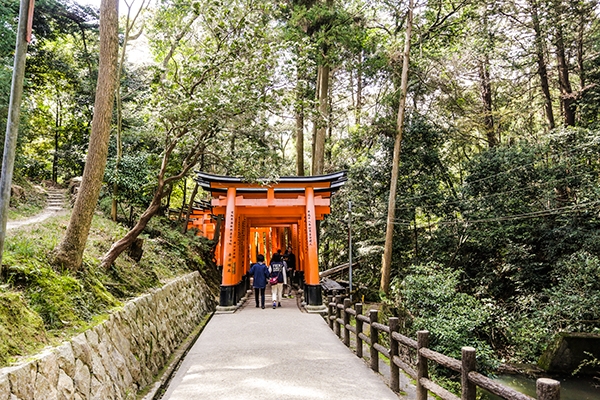
16 Jul Fushimi Irari Shrine in Kyoto, Japan
The Fushimi Inari Shrine was one place we just had to add to our itinerary when we decided to head to Kyoto. Thousands of iconic, orange torii gates straddle the paths all the way up the mountain, and we couldn’t resist following the crowds to see such a remarkable and beautiful sight.
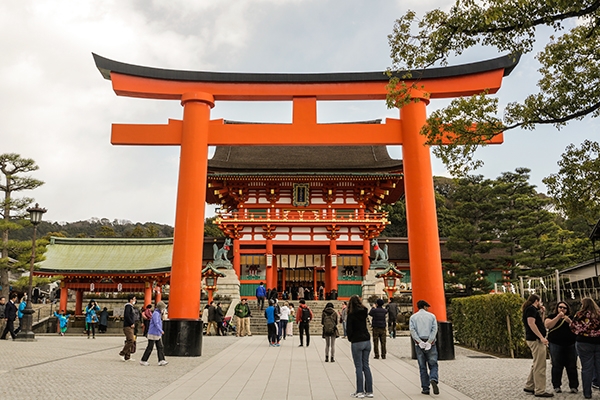
The Fushimi Inari Shrine is dedicated to Inari, aka the Shinto god of rice, and Fushimi stands for its location. It is one of Kyoto’s most important shrines, as well as one of the oldest—the shrine was founded in 711 AD. That’s almost 1,400 years old! Think about how much has happened on these paths and the magnitude of events that have graced the land at the shrine. Amazing, no?

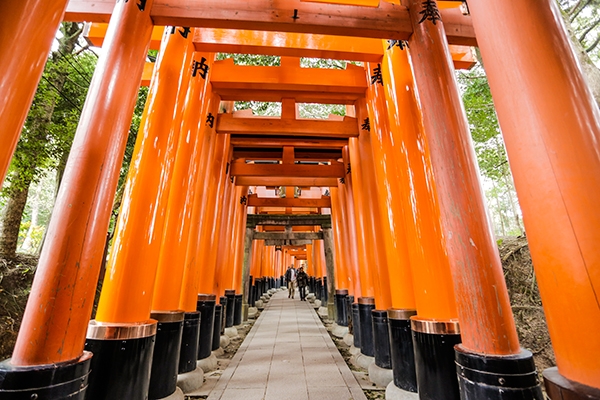
Walking through the rows and rows of gates felt almost like a dream, like we were somehow transported back through time. The sheer amount of gates and history lining the paths is definitely impressive. There are said to be over 10,000 gates located at the shrine, all of which have been donated by individuals and businesses that hope for good fortune in their future and to give thanks for the prosperity they have received. On the back of each gate, you will find an inscription consisting of the donor’s name and date of the donation. The costs to donate a gate start at around 400,000 yen, and the price goes up to over one million yen for larger gates.
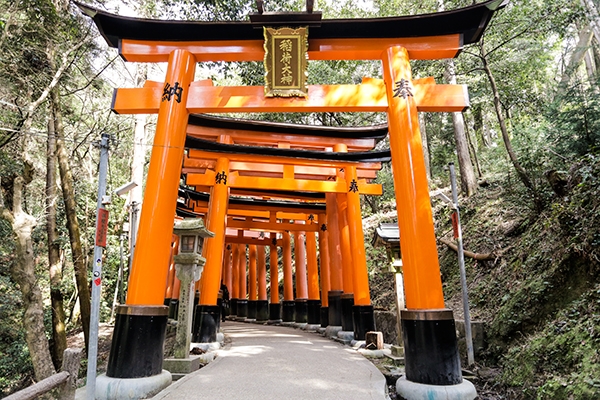
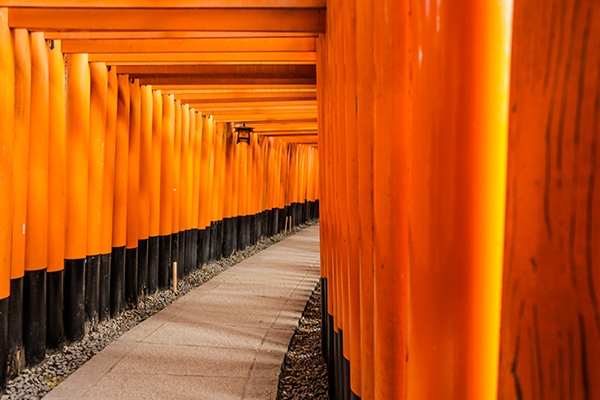
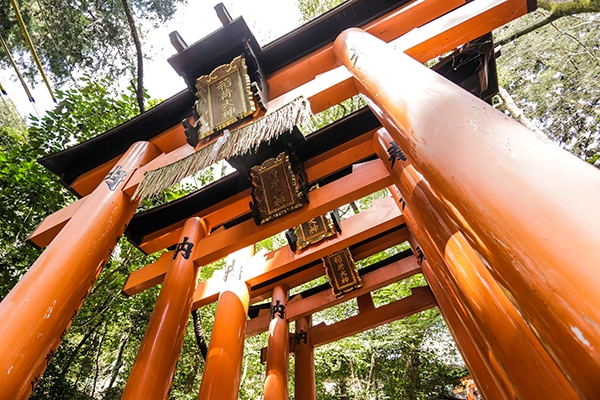
Torii gates line the 4km trail up the mountain and the hike takes around 2-3 hours roundtrip to complete—the views of Kyoto from the top are said to be fantastic. Unfortunately, we were short on time and the skies were about to burst with rain, so we only hiked for about 30 minutes each way. The hike up provides views of the orange gates standing tall in all their glory, while the way down provides views of the inscriptions on the gate. Both views are equally spectacular.
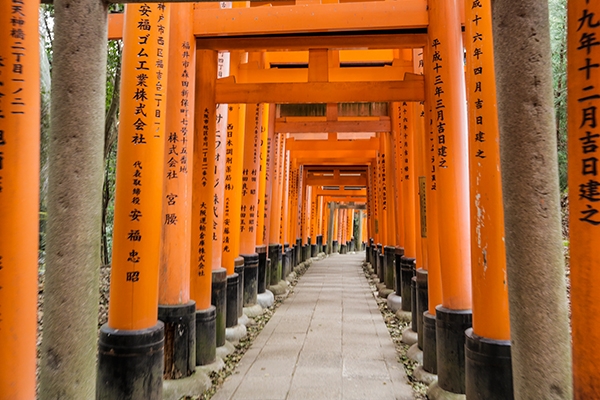
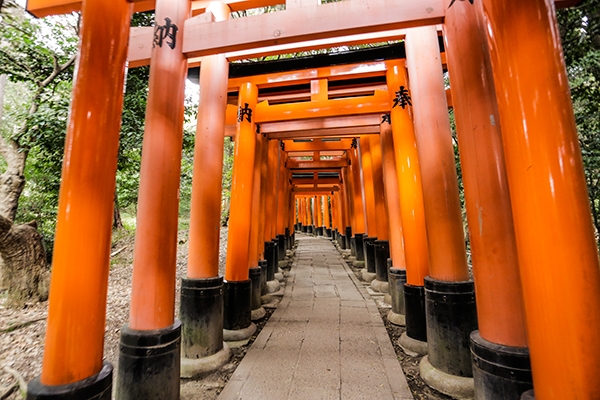
Along the hike, there are viewpoints that overlook the city, tiny ponds, smaller shrines, and shops, as well as restaurants with gorgeous views. The shrine is also home to thousands of stone fox statues. Fox are said to be the messenger of Inari and many of the statues hold a key for a rice granary in their mouth.

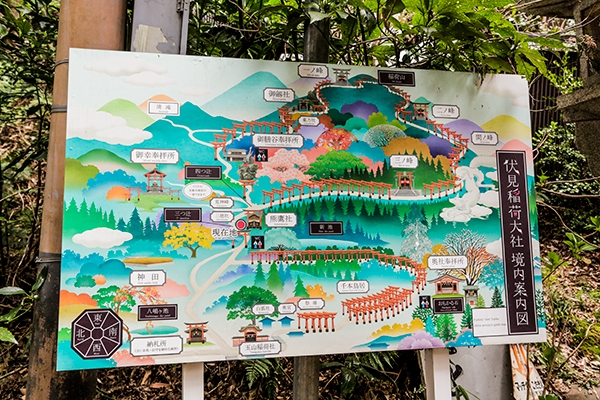
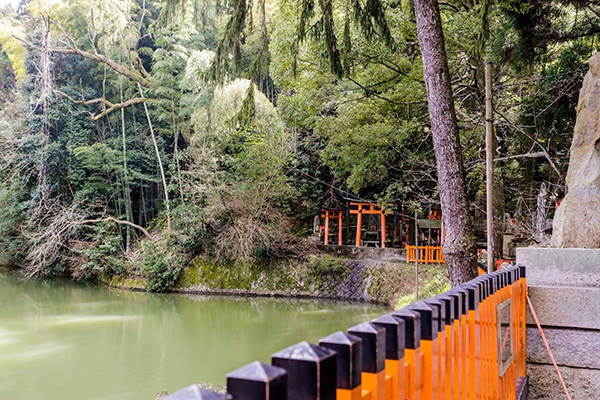
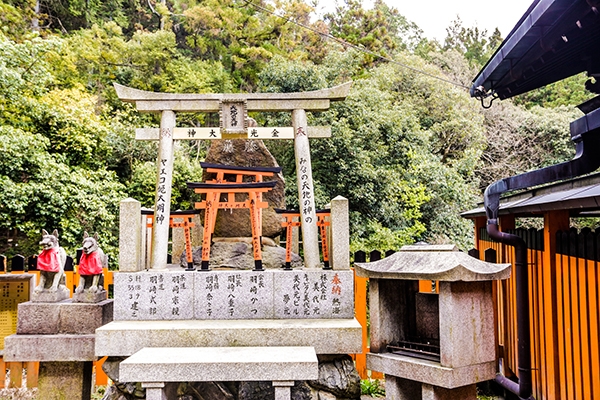
In addition to the torii gates, there are fantastic shrine buildings to view, as well. When we arrived, we happened upon a ceremony that drew us in with its enchanting drum rhythms. We were stopped in our tracks and watched in awe. The entrance of the shrine is also home to shops and restaurants if you need a bite to eat or want to pick up a souvenir from your visit.
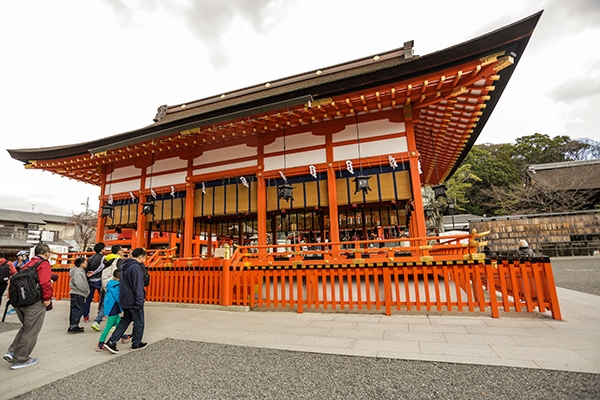
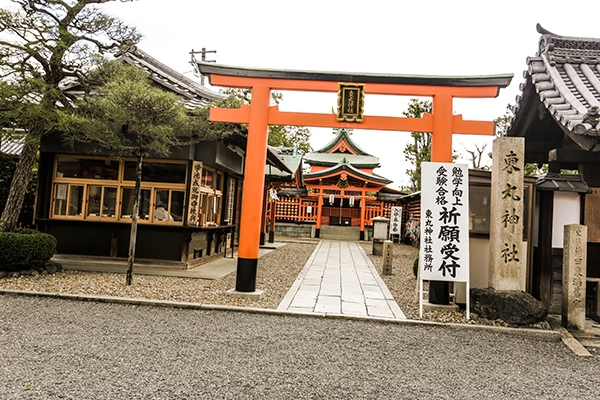
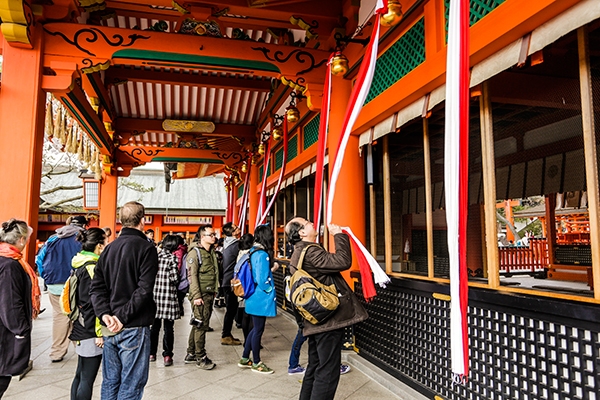
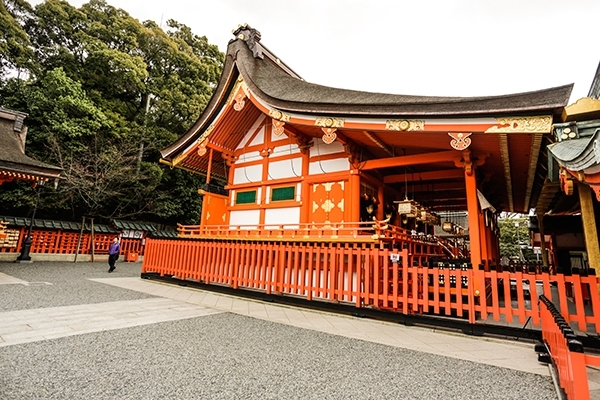
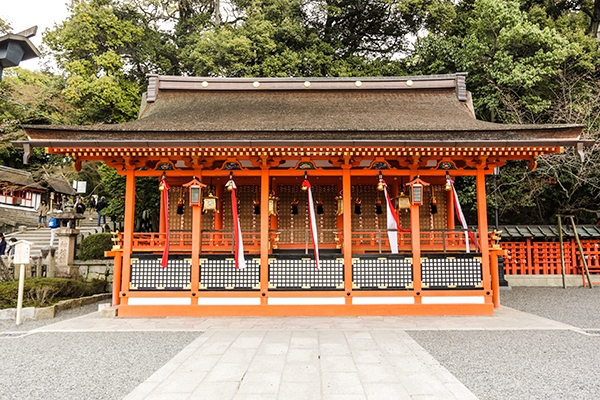
When we visited the shrine, there were definitely crowds, but nothing too extreme. Let’s just say it was very peaceful compared to the hustle and bustle of the city. If you want to dodge the crowds, they lessen the farther up the mountain you hike. Also, avoid the days surrounding the Japanese New Year as there are millions of visitors at the shrine in a three day time span.
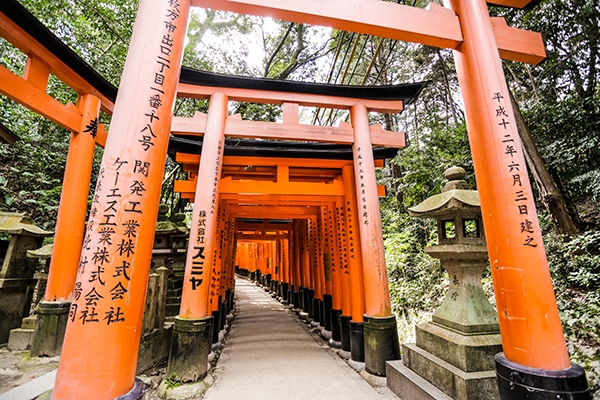
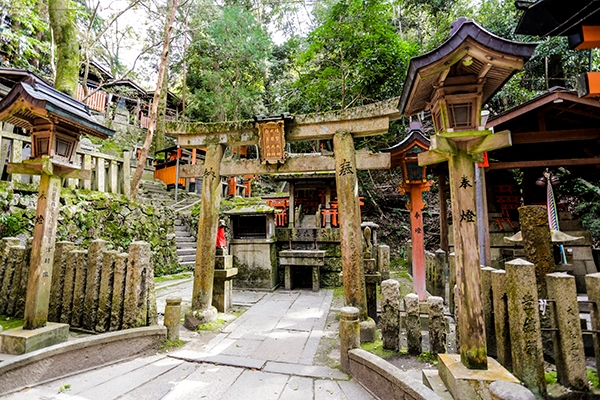
We absolutely loved wandering the pathways and pondering the vast history of one of the cities oldest shrines. It’s definitely a spot not to be missed if you are looking for iconic and historic Japan!

